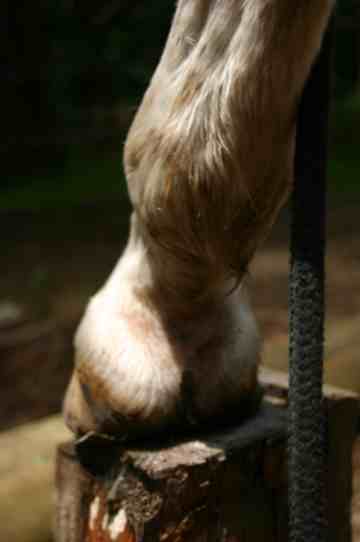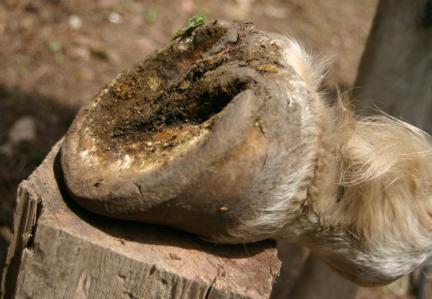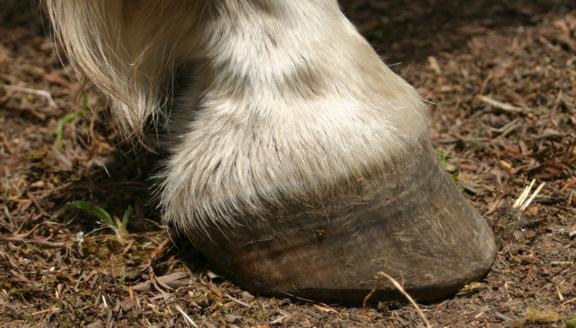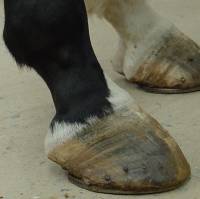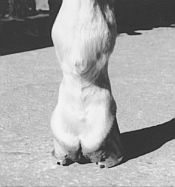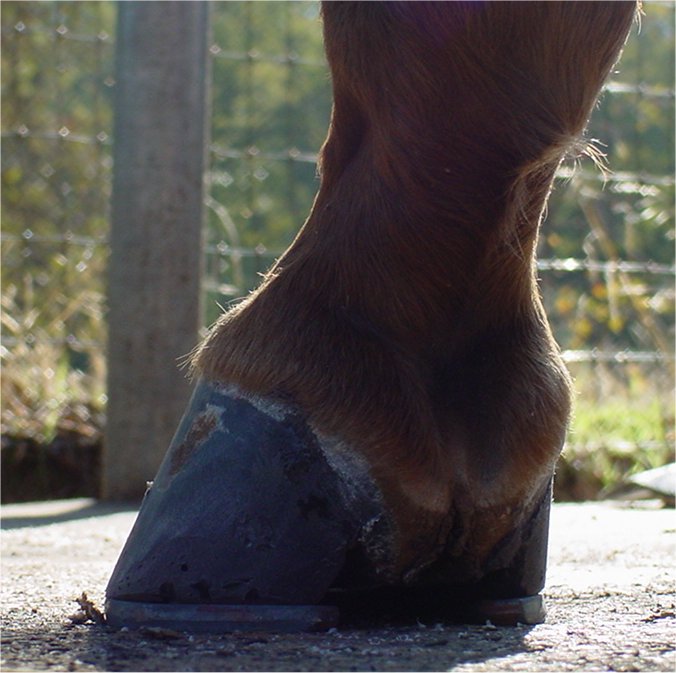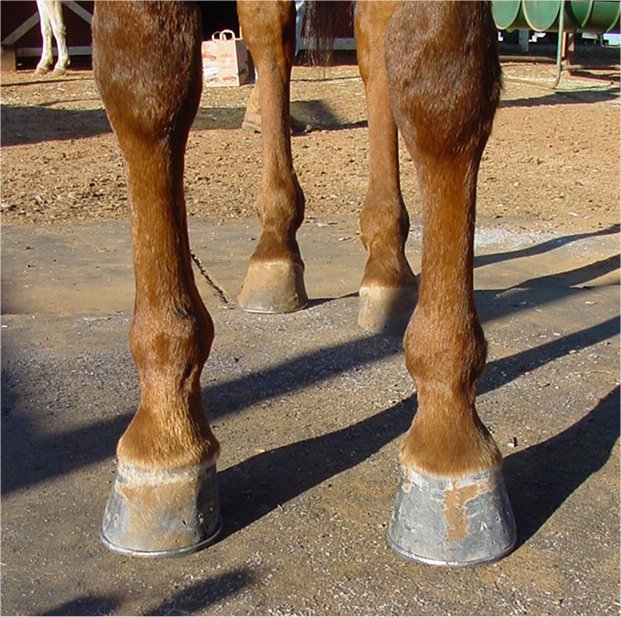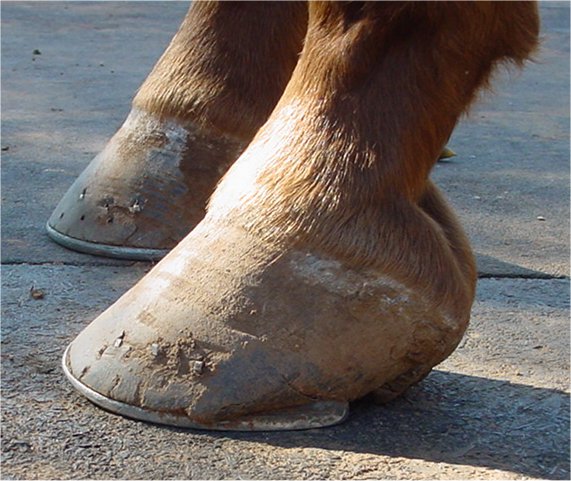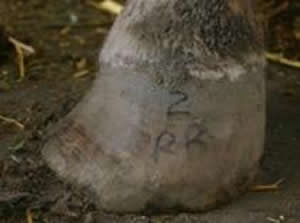 |
HealthyHoof.comHoofcare & Information for Barefoot SoundnessLinda Cowles Hoof Care - Serving the greater SF Bay Area and Northern California |
Investigate Natural Hoof Care & Hoof Boots |
|
|
What's Changed?Thanks to improvements in Hoof Boot technology, boots are now easy to use,and they stay in place until you remove them without damaging your horses feet. They are ruggedly constructed and last months or years, depending on conditions and amount of use. Boots have proven so effective at replacing nailed on metal shoes that horsemen of all disciplines are beginning to question the rational behind shoeing because boots are affordable, durable, reliable and user-friendly, plus they provide superior hoof wall, heel bulb & sole protection. The best thing about boots? Your horses aren't damaged by nail holes, and like the sole of a running shoe, boots protect your horse from concussion, rather than amplifying it like a metal shoe. You wouldn't walk around in metal shoes if you had a choice... give your horse the same choice. Bare feet are kinder to the horses environment, too. A kick by a shod horse causes a significant amount of comparable damage to the wall, trailer, person or horse that is on the receiving end of the kick, and shod feet cause more wear damage to stalls, trails, handlers feet and pastures. The Truth About ShoesNail-on shoes are expensive, reduce traction, increase the amount of concussion transmitted to the horses legs dramatically, significantly reduce circulation and amplify imbalance while eliminating the hoof's natural ability to absorb shock and assist with blood circulation. And if you lose a shoe? You need an expert to replace it. |
Gavilan putting his best foot forward.
Only 2 years out of shoes and 5 weeks after his last trim,
this 23 year old Arab (Shatirr) has natural
feet that handle rocky terrain
without boots.
|
Why use shoes?Most people shoe horses because they've always done it, and can't believe it causes problems, and / or because they are loyal to their farrier. If you shoe because you feel your farrier is one of the best available, consider having that farrier trim your horse so that you can use hoof boots for a few months. Try boots. For your horse.
|
|
The Lameness Epidemic"Lameness" is a popular topic for equestrian magazines, email lists, forums, conferences and expositions. Everyone, it seems, is battling impending lameness or unsoundness. So, why are the significant majority of our young, athletic, well bred, carefully conditioned, trained, protected & maintained horses routinely diagnosed as lame or unsound? Do all of these great horses have "bad legs" or "bad feet"? Are our breeding programs THAT inferior that feet regularly give out? Why are we content laying this burden at the doorstep of our breeders? Why is it so easy to believe that horses are bred to have poor hoof quality? Because blaming the breeder means that we aren't responsible, that's why. Leading researchers and industry
experts are discovering that
our best efforts to protect
our horses - metal or nail-on
shoes - contribute to the epidemic
of lameness problems. It isn't
the breeders fault, it's how
we try to protect our horses. |
|
The Impact of ImbalanceWhen a farrier trims a horse, any imbalance that accidentally results can potentially create problems, but the barefoot horse has an opportunity to "correct" the imbalance by wearing the hoof into a balanced state as he moves around.. A shod horse is forced to live with any imbalance the farrier leaves, and because most people shoe on a 6 to 8 week cycle, that imbalance is accentuated over time as the hoof grows. Many people change shoes based on when the horse will lose the shoes, not on what period is best for the health and soundness of the horse. The bare hoof, below, is obviously over due for trimming. The flair on the outside hoof wall causes wall separation and creates an ideal environment for white line disease and abscesses. But look closely at the foot... even though a trim is long over due, the coronet band and hoof are, essentially, level. Think of how distorted this hoof would be if it was shod!
|
|
|
Give Booted a try for a month, for your horses sake. |
|
Serving the greater SF Bay Area & Northern California
Home | Contact Linda | Privacy | About Us
